How to Actually Get Bigger Glutes
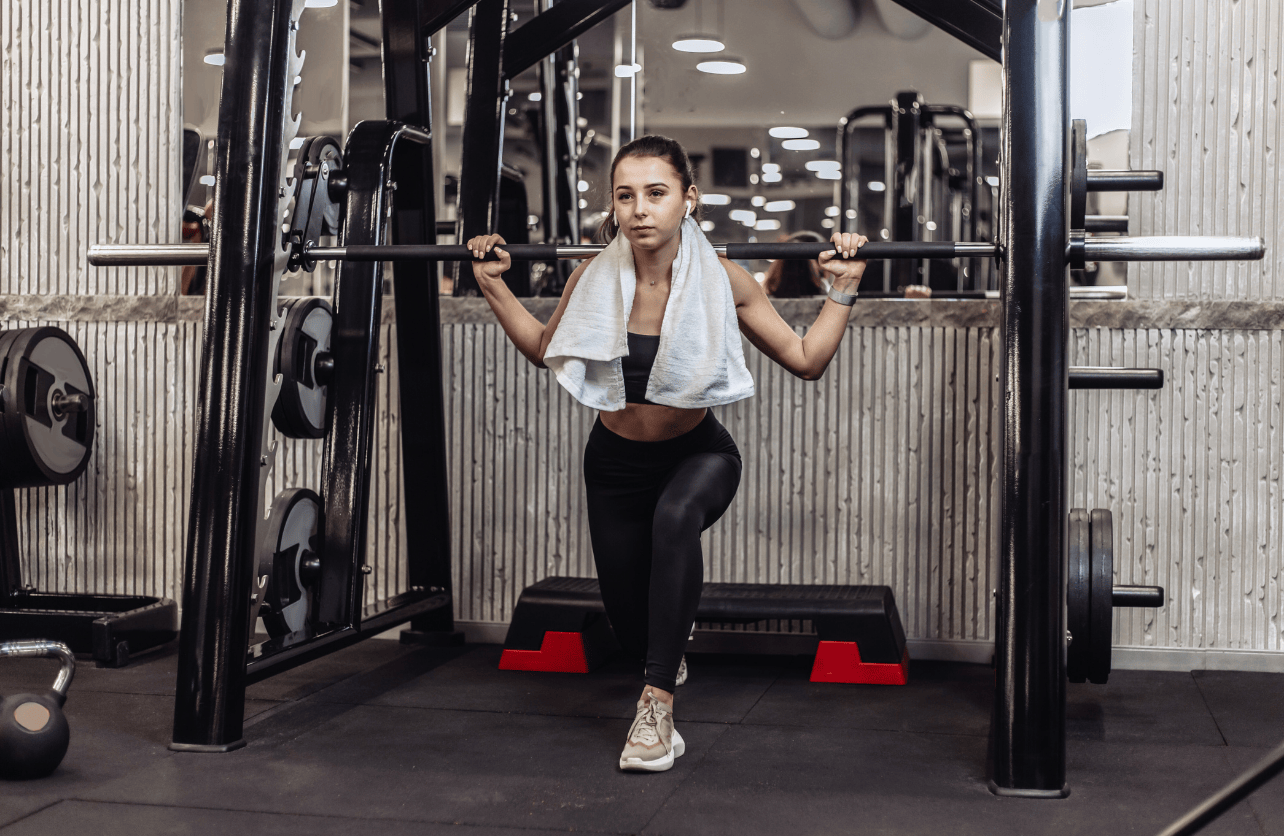
Building bigger and stronger glutes isn’t just about aesthetics—it also improves athletic performance, posture, and overall lower-body strength. However, growing your glutes requires the right combination of training, nutrition, and recovery. Many people make the mistake of either doing endless bodyweight squats or not challenging their muscles enough to see real progress.
If you want to develop well-defined, strong glutes, this guide covers everything from effective exercises and proper nutrition to the importance of progressive overload and recovery. Plus, we’ll talk about how booty bands can add an extra challenge at the end of your lower-body workouts.
The Science Behind Glute Growth
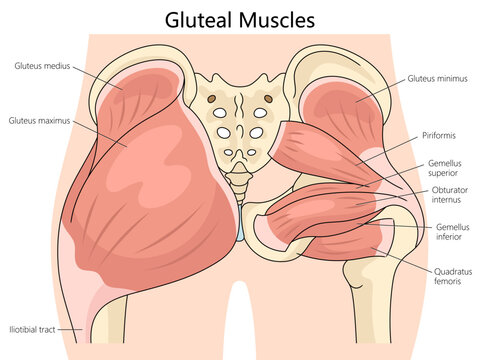
Your glutes are made up of three muscles:
- Gluteus Maximus – The largest muscle responsible for hip extension, thrusting, and generating power.
- Gluteus Medius – Located on the side of your hips, helping with stability and lateral movements.
- Gluteus Minimus – The smallest of the three, assisting in balance and pelvic stability.
To effectively grow your glutes, you need a structured workout plan that targets all three muscles, ensuring balanced development.
The Best Glute-Building Exercises
The key to bigger glutes is strength training with compound and isolation exercises. While bodyweight movements are a good starting point, real growth happens when you challenge your muscles with resistance.
Squats: The Foundation of Glute Training
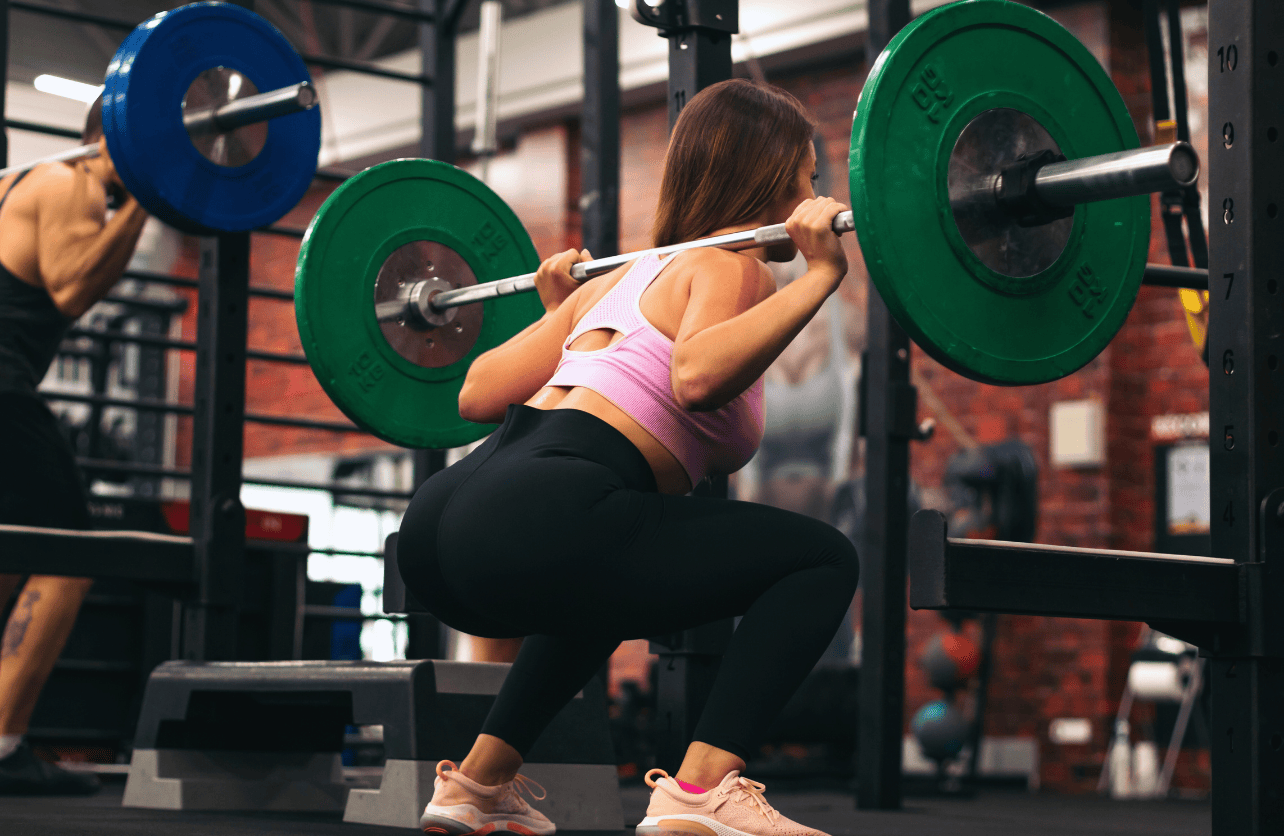
Squats are essential for building lower-body strength while engaging your glutes, quads, and hamstrings. To maximize glute activation:
- Use a wider stance to better target the glutes.
- Focus on depth—aim to squat well below parallel.
Deadlifts: The Ultimate Glute and Hamstring Builder
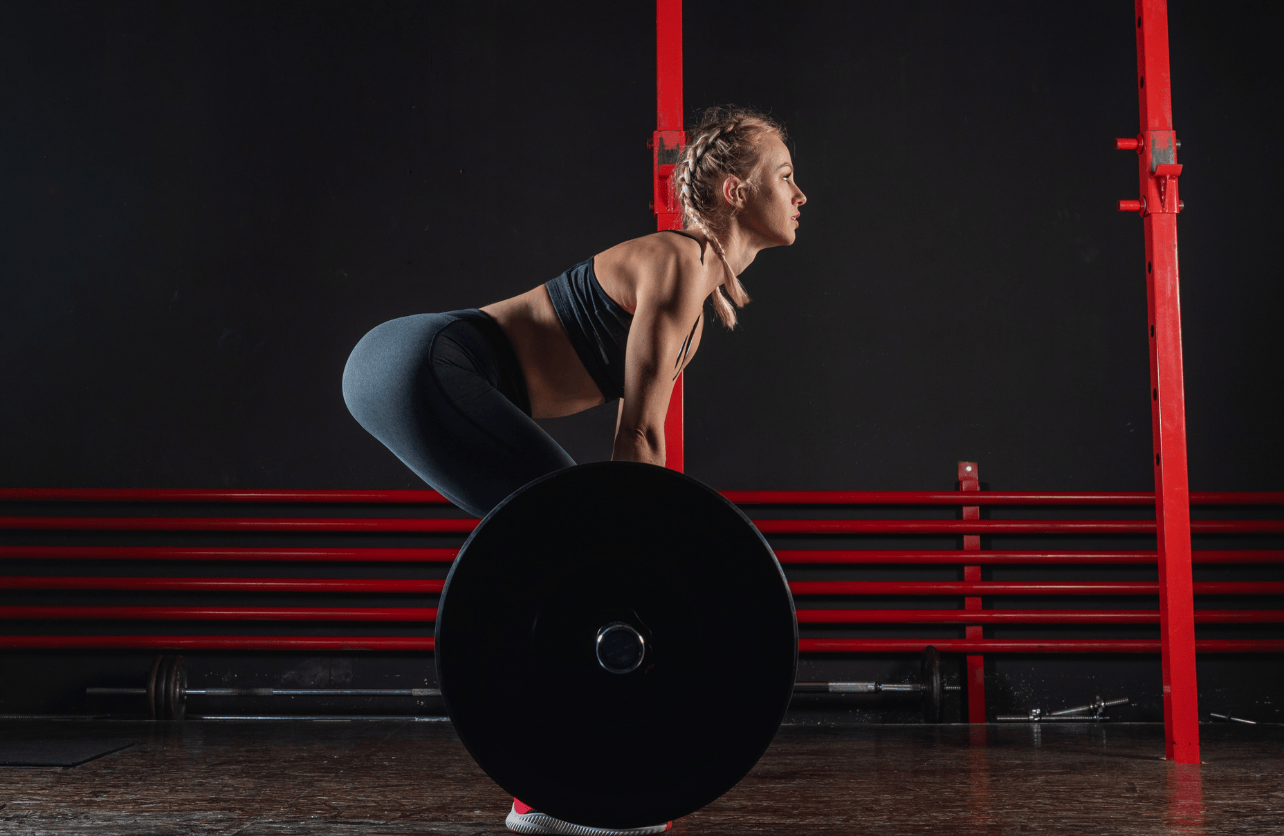
Deadlifts are excellent for strengthening the posterior chain, which includes the glutes, hamstrings, and lower back. Some variations that are particularly effective for glute growth include:
- Romanian Deadlifts (RDLs): Keep your knees slightly bent and push your hips back to emphasize the stretch in your glutes.
- Sumo Deadlifts: The wider stance shifts more focus onto the glutes.
- Conventional Deadlifts: Great for overall strength and power development.
Hip Thrusts: The Best Glute Isolation Exercise
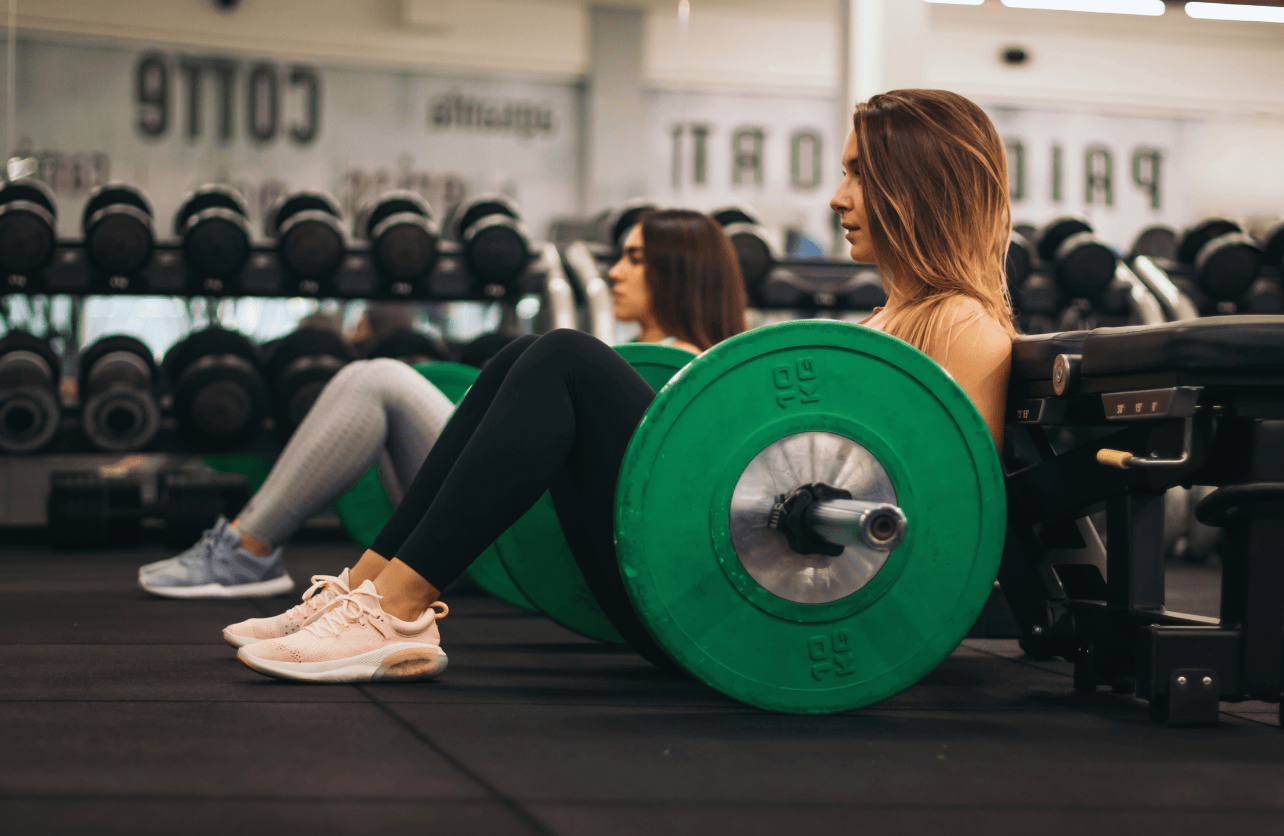
Hip thrusts directly target the glutes and allow for heavier resistance, leading to better muscle activation and growth.
- Use a barbell or resistance bands for added difficulty.
- Position your upper back on a bench, feet planted firmly on the ground.
- Thrust your hips upward while squeezing your glutes at the top.
Lunges: Functional Strength and Stability
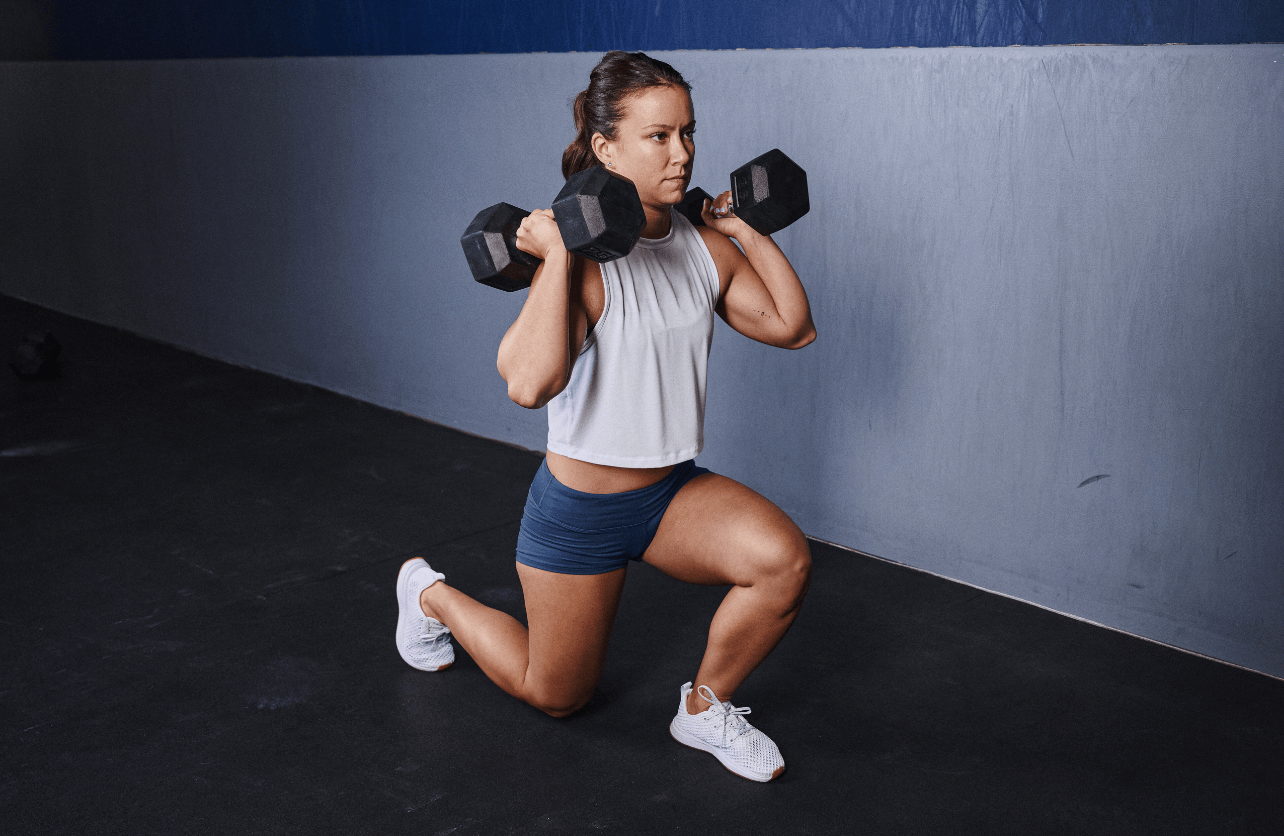
Lunges not only strengthen the glutes but also improve balance and unilateral strength.
- Walking Lunges: Keep your torso upright and take large steps to emphasize glute activation.
- Reverse Lunges: These reduce knee strain while focusing more on the posterior chain.
- Bulgarian Split Squats: A more challenging single-leg exercise that targets the glutes and hamstrings.
Step-Ups: An Underrated Glute Mover
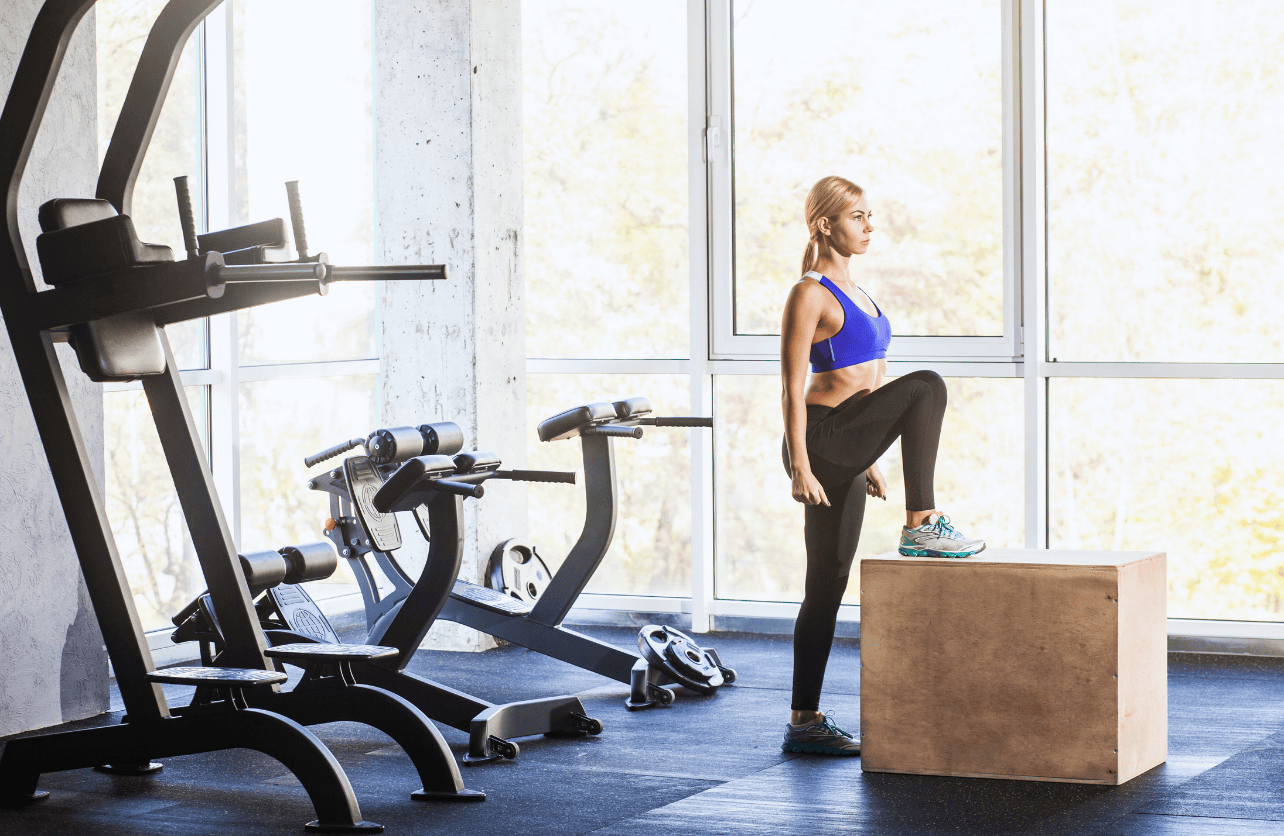
Step-ups engage your glutes and improve single-leg strength.
- Use a bench or box that allows your knee to be at a 90-degree angle.
- Push through your heel and fully extend at the top.
- Hold weights for increased resistance.
Progressive Overload: The Key to Growth
One of the biggest mistakes people make is sticking to the same weight and reps without increasing intensity. Your glutes, like any other muscle, require progressive overload—gradually increasing the challenge to promote growth.
Ways to apply progressive overload include:
- Adding weight (barbells, dumbbells, or resistance bands).
- Increasing reps or sets gradually over time.
- Slowing down tempo to increase time under tension.
If you’re consistently lifting the same weight with no progression, your muscles won’t grow as efficiently.
Nutrition for Glute Growth
Training is only part of the equation—your diet plays a massive role in building muscle. To support glute development, focus on:
- Protein: Essential for muscle repair and growth. Good sources include chicken, eggs, salmon, lean beef, tofu, and protein shakes. Try to get around 1 gram of protein per lb of bodyweight.
- Complex Carbohydrates: Fuel your workouts with brown rice, quinoa, oats, and sweet potatoes.
- Healthy Fats: Support hormone balance and recovery. Include avocados, nuts, seeds, and olive oil in your diet.
- Sufficient Calories: If you’re not eating enough, your body won’t have the energy to build muscle. A slight calorie surplus helps with growth.
The Role of Booty Bands in Glute Training
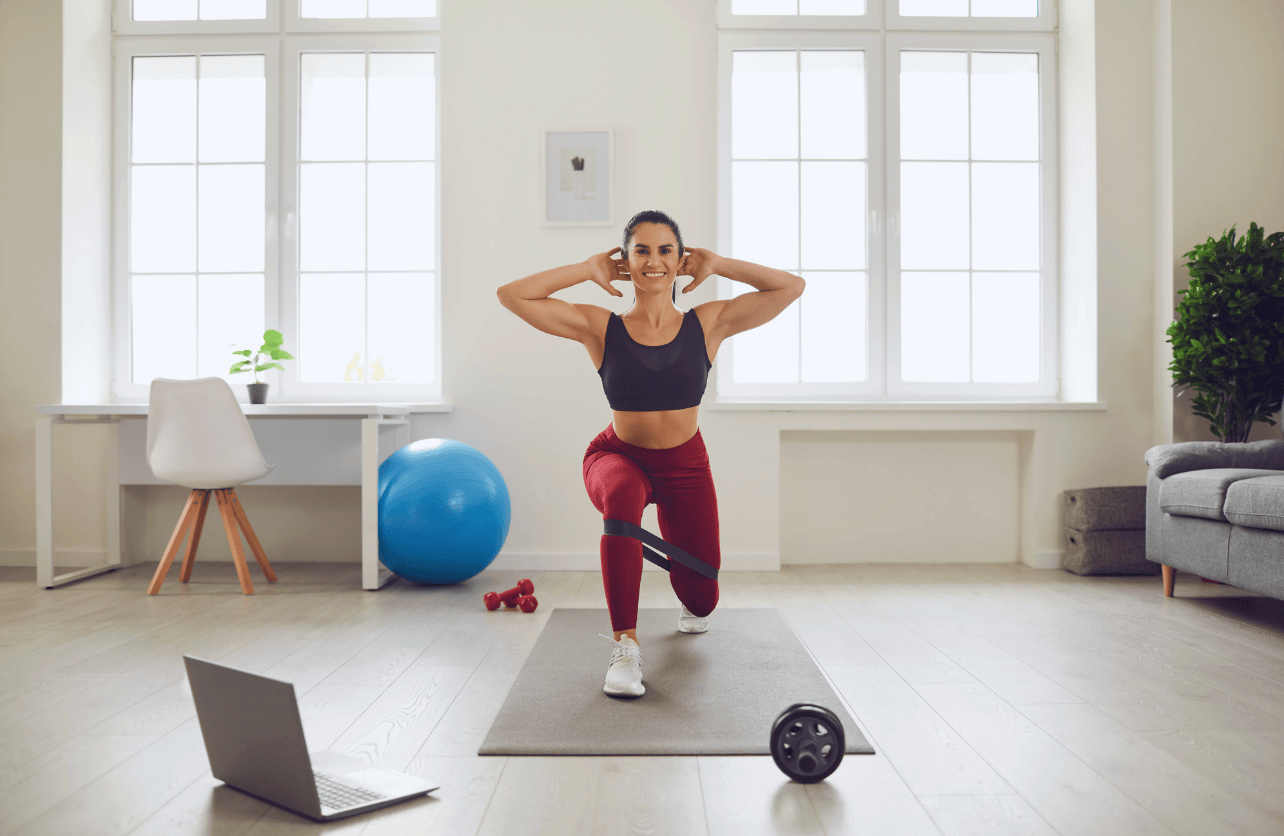
Resistance bands, often called booty bands, are excellent for activation and as a finisher at the end of workouts. Adding high-rep band exercises after strength training can maximize glute engagement and increase muscle fatigue, which encourages growth.
Try incorporating the following banded exercises as a finisher:
- Banded Lateral Walks – Strengthen the glute medius and improve hip stability.
- Glute Kickbacks – Isolate each glute and enhance endurance.
- Banded Hip Thrusts – Add an extra burn to traditional hip thrusts.
- Seated Abductions – Activate the outer glutes and improve hip mobility.
Using a booty band at the end of a lower-body workout ensures your glutes are fully fatigued, leading to better growth over time.
The Importance of Recovery
Muscles don’t grow during workouts—they grow during recovery. To maximize your results, prioritize:
- Rest Days: Train glutes 2-3 times per week, allowing ~24 hours between intense sessions.
- Quality Sleep: Growth hormones are released during deep sleep, aiding muscle repair. Aim for 7-9 hours per night.
Final Thoughts: How to Get Bigger Glutes Effectively
Growing your glutes requires more than just doing squats and hoping for results. To truly develop stronger, rounder glutes, focus on:
- Training with progressive overload, incorporating a mix of compound and isolation movements.
- Fueling your body with the right nutrients to support muscle repair and growth.
- Using booty bands as an effective finisher to increase glute activation.
- Allowing time for recovery to maximize results and prevent injury.
By consistently applying these principles, you’ll start to see noticeable improvements in both glute size and strength.
Trustworthy Insights for You
With years of combined expertise in online publishing, OvertimeReviews embodies the lessons learned from SEO strategies to paid advertising experiences. We've navigated the highs and lows, and our goal remains clear: to equip readers with comprehensive information they can trust.
